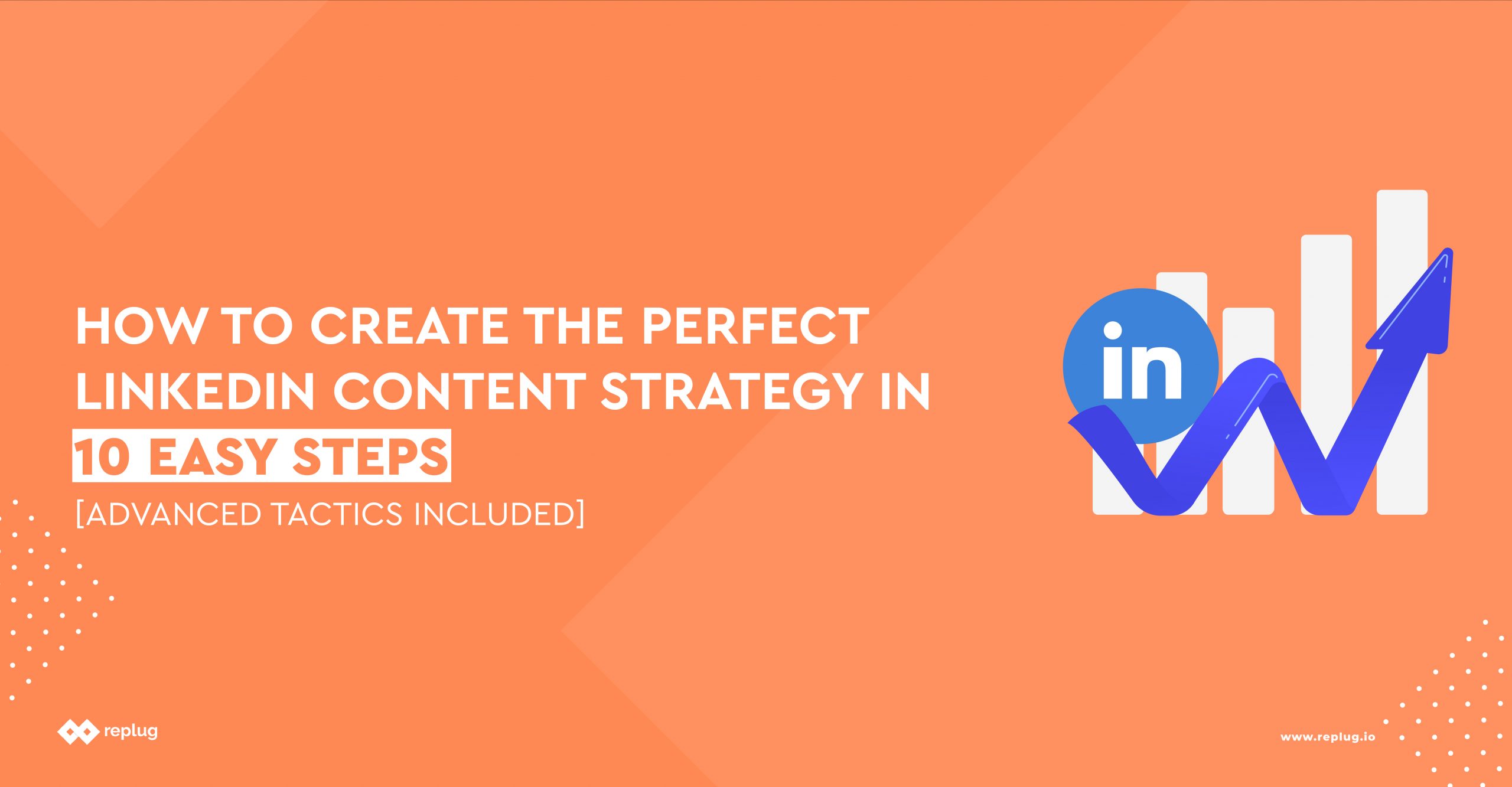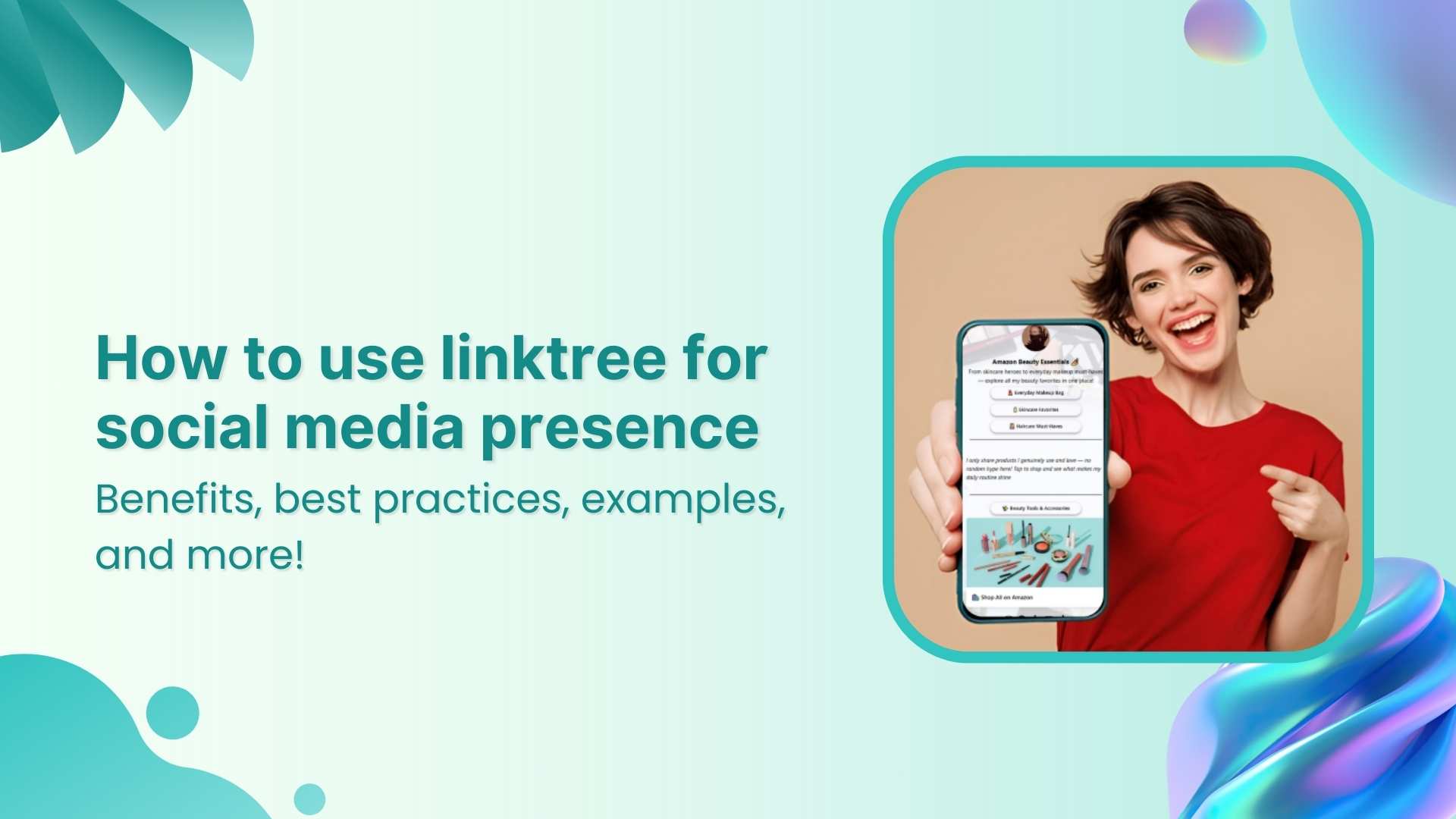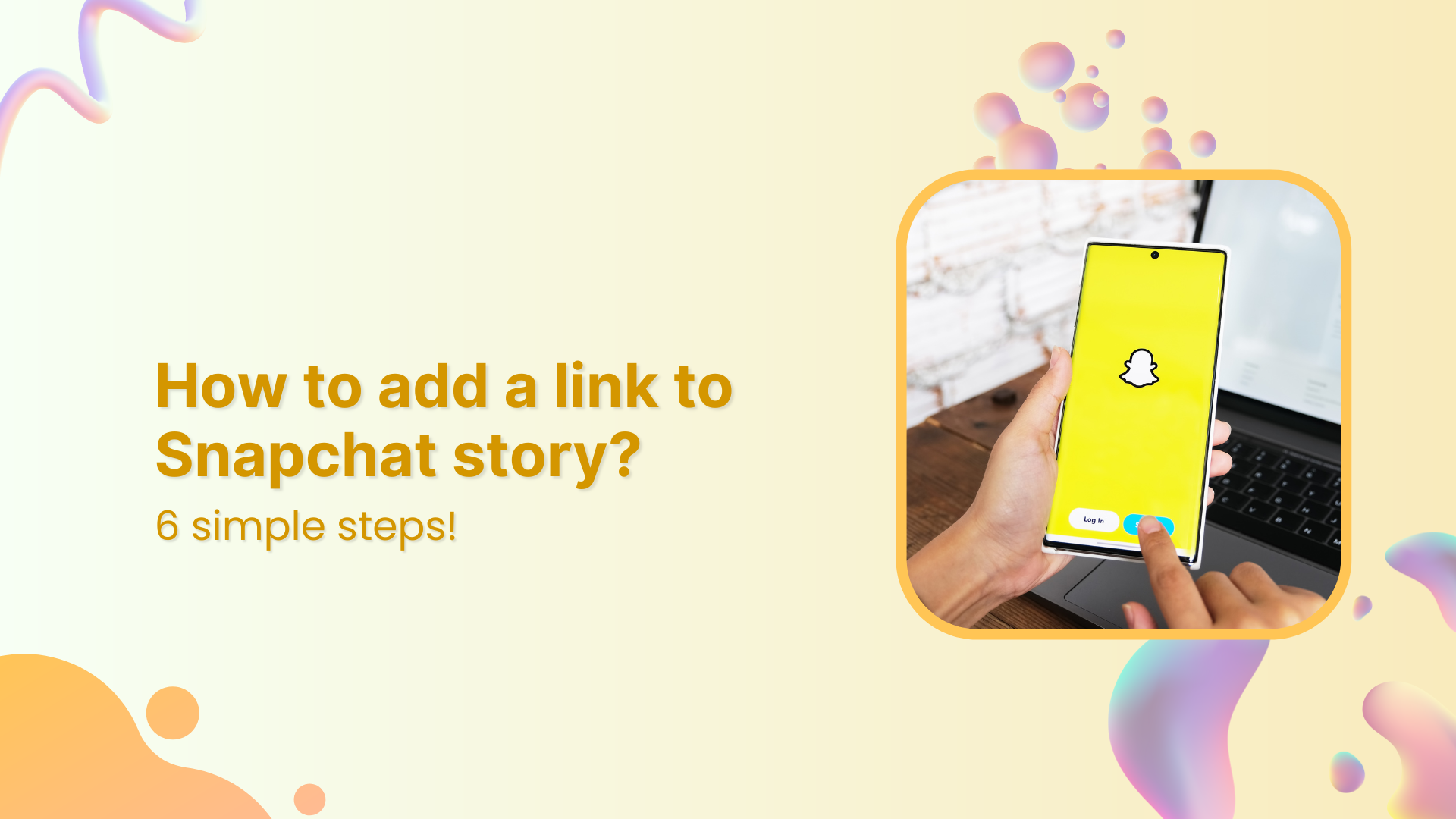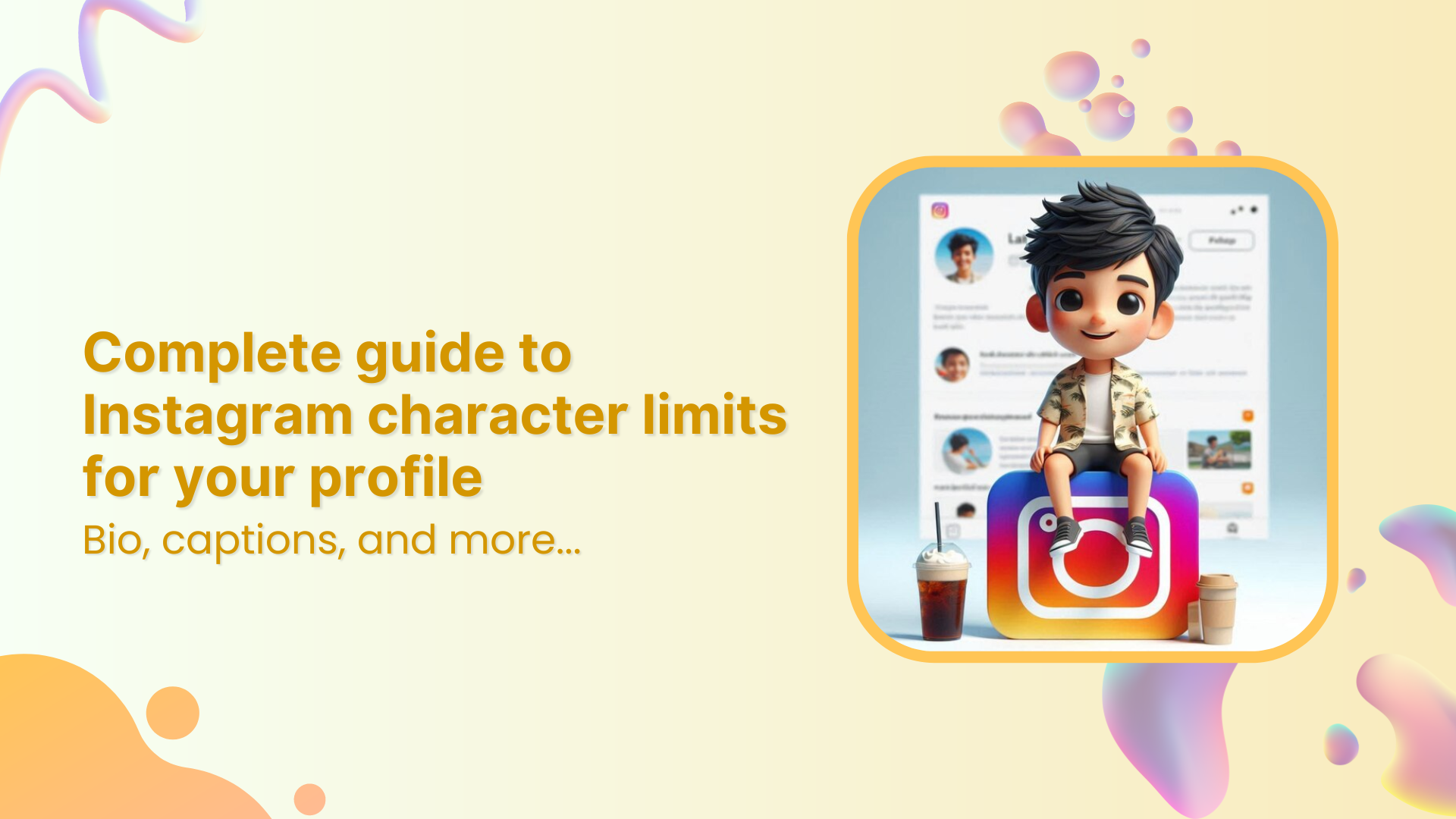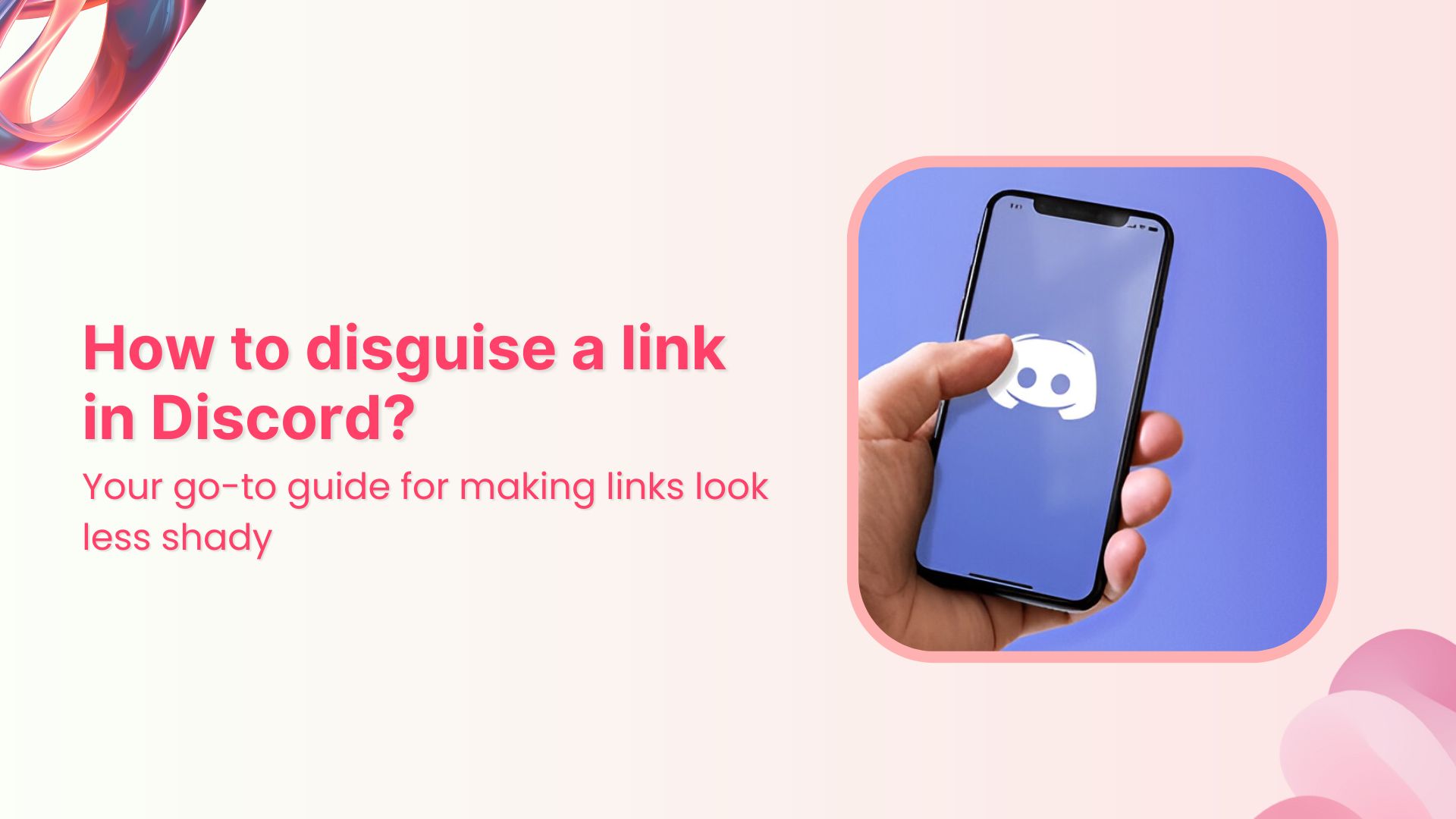With over 1.2 billion members in more than 200 countries, LinkedIn is the place to be. Whether you’re looking for side hustle opportunities, a new job, or simply want to grow as a thought leader, LinkedIn can help.
Whatever your goal, however, you’ll need to create high-quality content to stand out in the crowd. So, let’s help you create the perfect LinkedIn content strategy plan for growing your personal brand and attracting the right people to your network.
We’ll start with looking at the benefits of posting more content on LinkedIn. Then, we’ll dip into the algorithm’s working so you can create a strategy that’ll get you high reach and engagement. Finally, we’ll give you the ten steps to create your strategy along with three advanced tips to grow on the platform.
Let’s get on with it.
Benefits of having a well-defined LinkedIn content strategy
A thought-out LinkedIn strategy gives you direction. It sets objectives related to what you’ll post, how frequently you’ll post, and how you’ll grow on the network. Having such a strategy in place also means you’re carefully positioning yourself in front of your audience.
Here’s a brief walkthrough of the upsides of having a defined LinkedIn content marketing strategy
- It helps you define your personal brand
A LinkedIn content strategy help you position your personal brand in a manner that you become recognized for it. With the content you post, you show your values and what you stand for. It also positions you as a subject matter expert – the ultimate goal of LinkedIn users.
- It works as a content testing channel
While you can always listen to your audience on LinkedIn by reading and jumping into comments, you can also ask for their opinion yourself.
For example, you can post on a topic and test how well it’s received by your audience. If it gets a positive reaction and stirs conversation, you can tell it’s a topic worth talking about more. For those of you running personal or company blogs and newsletter, this is a good way to identify engaging topics to cover.
- It serves as a content distribution channel
On the flip side, LinkedIn is an excellent channel to share the content you publish with your audience. Instead of sharing links on top of links in post after posts though, consider taking a community-building approach that’s based on value. More on this in a bit.
Tip: Don’t share any links in your post as it’ll impact your reach. LinkedIn’s goal is to keep users on their platform and a link-bearing post indicates that you’re driving people away from the network, which reduces your reach. A popular alternate to this is adding the link in your first comment. Don’t forget to write, ‘link in comments’ to alert readers.
- It opens doors for opportunities
Lastly, LinkedIn is the hub of opportunities since it’s where professionals and decision makers hang out. As a freelance writer, I’ve got a ton of clients come through the network. Others have found their dream jobs, and still others have connect to collaborate on podcasts, co-marketing opportunities, and much more.
Understanding the LinkedIn algorithm
Before you go on to create your LinkedIn content marketing strategy, here’s the quick look at how LinkedIn algorithm works. Knowing this is essential so you can create content that works with it, rather than against it.
Here goes:
-
-
- The LinkedIn algorithm favors relevancy over recency/freshness. This means the more audience-relevant content you create, the better. It’s why we’ll start working on your strategy with a target audience survey.
- The algorithm loves community and relationship building. It’s why it shows you content from people you know, share interests with, and engage with. Translation: be sure to engage with people in your target audience.
- The algorithm also favors hashtags and going niche. Pete Davies, LinkedIn’s Senior Director of Product Management explains that going deep into topics stirs conversations, which the algorithm prioritizes. Hence, an important step in strategizing your content for the platform involves niching down.
-
There’s more on the algorithm too. But, instead of bundling it here, I’ve added the details in relevant sections below so you can better understand its application.
How to create the perfect LinkedIn content strategy in 10 simple steps
Ready to learn? Let’s take things step by step.
1. Start with learning about your audience
As discussed, LinkedIn prioritizes content from the people you interact with. To put it another way, your target audience will only see your content if they interact with it regularly.
One way for that to happen involves you engaging with them. This way, they’ll want to return the comments you make – thanks to the law of reciprocity (a person is likely to return something you do for them).
Another way to get their attention is by posting content that’s valuable for them. This brings us to researching your target audience. If you’re new to LinkedIn, you won’t have much data to pull from your analytics to learn about your intended audience.
So what now? Think of who your ideal audience is and survey your competitors’ audience to create your audience profile. As you spend time on LinkedIn, take insights from your analytics to refine this profile and create increasingly relevant content to attract the right people to your profile.
2. Define your brand
Your goal here is to answer the following: how do you want to position yourself on LinkedIn? Students, for example, can position themselves as learners, sharing what they’ve learned or read. Content managers, on the other hand, can show themselves as experts, sharing their experiences and tips on content creation, distribution, and more.
Now, to get you to work: an easy way to go about creating a personal brand is to ask your colleagues and friends to define you in a few words. Traits that most of these people use to define you can help you define your brand. This way, you can be true to yourself and create an authentic brand as well.
Plan to dive deep in personal branding by creating a logo and brand fonts and colors? Excellent. You can get a professional logo made or use a logo maker.
For the fonts you choose, make sure they’re easy to read. As for the colors, pick ones that define you while also going into color psychology to understand the kind of impact your preferred colors have on your audience.
3. Set a goal for yourself
With your personal brand ready, let’s get into goal setting mode.
Start by asking yourself: what do you want to achieve from LinkedIn? Typically, the answer to this lies somewhere among these pointers:
-
-
- Grow your network and with it your opportunities
- Distribute content to get in front of the right people
- Position yourself as a go-to person of authority on a niche topic
-
Either way, relationship building is the approach to take. Why? Because all opportunities, and networking, even thought leadership are based on strong relationships. On top of that, the LinkedIn algorithm also favors relationships.
To this end, set a goal to offer value. The more value you offer, the better your audience will respond to the content you share until they start seeing you as an expert.
With this out of the way, set yourself some numbers-based SMART goals too. Case in point: I want to grow my LinkedIn followers to X by posting Y times in [specified time].
4. Niche down to a few topics you want to talk about
To position yourself as an authority, you need to niche down to a few topics that you’ll talk about on LinkedIn. If your content’s subject is all over the place, people won’t instantly recall you as an authority on something. We’ve also seen how the algorithm favors niche content. So there’s that too
For example, Bryan Kelly talks about the art of reading with his network:
Similarly, Camille Trent talks about all things content:
Hence, an action step for you here is to take a piece of paper and brainstorm on topics you can talk about. Don’t filter just yet. Create a list, then tally the topics with how likely your audience is going to like them. Once you do that, your list of topics will automatically chop. From there, narrow down to a topic that you’ll create content on for LinkedIn.
Remember to go deep into the topic. That’s how you’ll use your hashtags too (#projectmanagement instead of #management). Speaking of which, LinkedIn recommends you use no more than three hashtags.
5. Outline a writing style
Identify your content style including tone and voice. Do you want to sound helpful or smart? Or, do you want to keep things light-hearted and humorous in your LinkedIn Posts? Whatever you settle on, don’t deviate far from your original self since it’ll be tough to keep up with a fabricated voice.
Keep in mind: A strong brand has a strong voice. For example, my brand is against swear words. So there are none in my content. If someone from LinkedIn hops on a call with me, they won’t hear me swearing there too.
6. Determine the angle your LinkedIn content will take?
A solid angle helps you set apart from the noise on the platform. So ask yourself: will you tell stories? Do you plan to cover case studies or trending news? Or, do you want to explain your point with examples?
Case in point: Here’s Eddie Shleyner with his storytelling chops on LinkedIn:
Whatever you finalize, keep things human and actionable.
Tip: I don’t recommend creating a year’s worth of LinkedIn content in one sitting. Create a week or month’s content. See how your audience reacts to it. Determine what gets the most attention and what doesn’t attract engagement. Create the next batch of content based on these takeaways.
7. Decide on the visual aspect of your LinkedIn brand
You can always stick with text-based LinkedIn posts. However, it helps to keep in mind that posts with images get 2x the comments that text posts get.
Videos, on the other hand are five times more likely to get comments than text posts. So, in this step, determine what content format you’d like to create for LinkedIn.
You can always start off with text posts, then diversify your content formats. Or, you can start strong by creating a video marketing strategy for the platform. This could be as simple as using GIFs to stand out in a busy LinkedIn feed as James Laurain does.
Or, you can create branded LinkedIn carousels or videos. Here, you’ll find the brand colors you’ve worked on useful as it’s best to create all your visual content using your brand colors and fonts to create a recognizable, signature style.
That said, another LinkedIn content format you can tap into are LinkedIn Stories. For this ephemeral content, brainstorm ideas for sharing behind the scenes content.
Perhaps you’re shooting a new video and you can share a picture of it. Or, you can record yourself with a quick tip/food for thought for the day. Sharing snaps of your lunch or midday snack are also good ideas to engage your audience via Stories. Whatever your approach is, just make sure you’re using a high-quality online video editor to have superb video content.
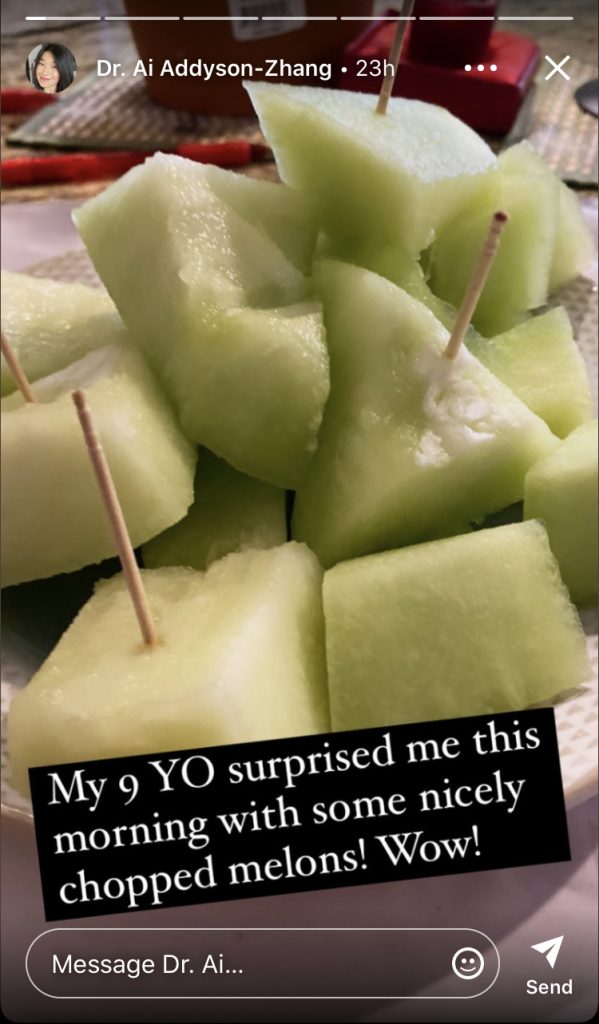
8. Create an engagement plan
Next up, work on your engagement plan. Since the algorithm favors engagement, you can’t ignore this step or put on the backburner.
Your plan here is going to be two-fold:
Firstly, figure out how you’d engage with others
Begin with setting up a goal of leaving X comments daily. Aim to drive conversations by sharing your experiences or asking questions in the comments.
At the time of writing this, the LinkedIn community is speculating that the algorithm loves comments that get others to engage. For example, a comment is long enough (but not fluff-ridden) to trigger the ‘see more’ option and others click it to read it – signifying engagement. Comments that get likes also tell LinkedIn that you’re offering value to your readers, hence, boosting your content’s reach.

Secondly, plan how you’ll drive engagement to your content
Of course, commenting on other’s content does part of the job. For the remaining of it, the following tips will help: tag relevant people or brands to get them to engage with you (less is more when it comes to tagging), post on times when your audience is active, and ask questions as Mo Hassan does at the end of this post.
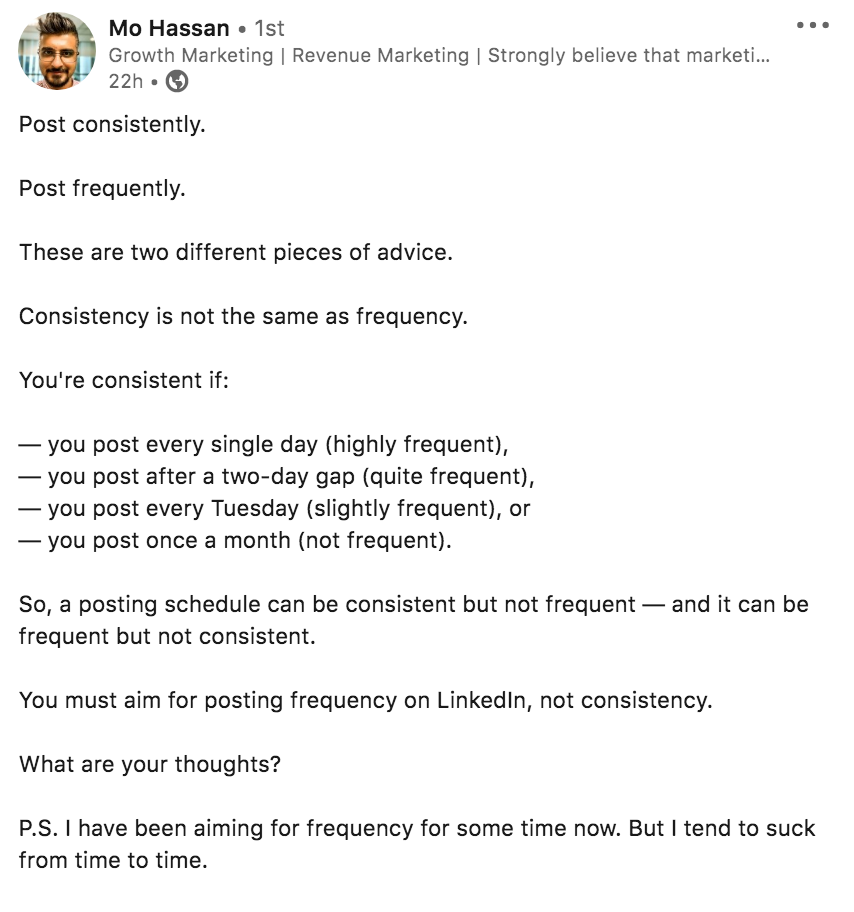
If you’ve done your homework on understanding your audience well, you’ll be in a better position to create content that’s relevant to your audience, therefore, growing your engagement.
With that out of the way, aim to rake engagement within the first 60 minutes of posting. The quicker people engage with your content, the faster the algorithm picks up their interest in your content and increases your post’s reach.
9. Know how to format your content on LinkedIn
This is critical. Content that looks easy to read is content that gets read. Formatting your LinkedIn content right makes it visually appealing to read and engage with.
The following tips will help you format your content right:
-
-
- Break text domination by adding color with relevant emojis. And, before you say emojis aren’t professional, know that they make your writing human. And, whether it’s LinkedIn or Twitter, you’ve got to show your human side.
-
Tip: Use a brand emoji like Morning Brew has come to be known as coffee cup emoji. ☕
-
-
- Make friends with whitespace. To this end, add spaces between your lines.
- Each paragraph in your 1300-character long post should be no longer than two sentences. Three at most.
- Use bullet points to change sentence-based text format. But, remember to keep them short to make them easy to read.
- Mix sentence length. Long sentences are boring to read. Short sentences are digestible. Since you can’t do away with long sentences all together, consider mixing short, mid-length, and long sentences.
-
Here’s a well-formatted LI post for reference:

10. Settle on a publishing frequency and stick to it
You can learn what suits your audience best by checking your analytics. For starters, however, Tuesdays and Thursdays between 8 am and 2 pm are good posting times for LinkedIn. This varies by industry though. So, again, testing your posting times helps.
What’s more, plan to be regular so your audience sees you regularly on the network. For the posting frequency, show up at least weekly. Four times a week is a good starting goal. This consistency in showing up, posting content, and engaging on LinkedIn regularly is key to success on the network.
Keep in mind: it’s okay if you miss a post or two. Continue engaging with your audience’s content if you can. In this way, you’ll still be showing up and adding value.
Also, remember that it’s easy to get carried away and end up scrolling for hours through LinkedIn. When you’re posting stick to the important actions that add value and avoid wasting time. You can use an hours tracker online app to make sure you stay on track.
Advanced LinkedIn content strategy moves
Once you’ve grown your followers and have a solid grip on your audience and what engages them, you can try these three advanced LinkedIn engagement tactics:
1- Create a branded hashtag
A custom or branded hashtag is one that you create and grow as your own hashtag on the platform. Erin Balsa, for example, posts content under #erin100. Balsa’s agenda is to post hundred content marketing tips using this hashtag.
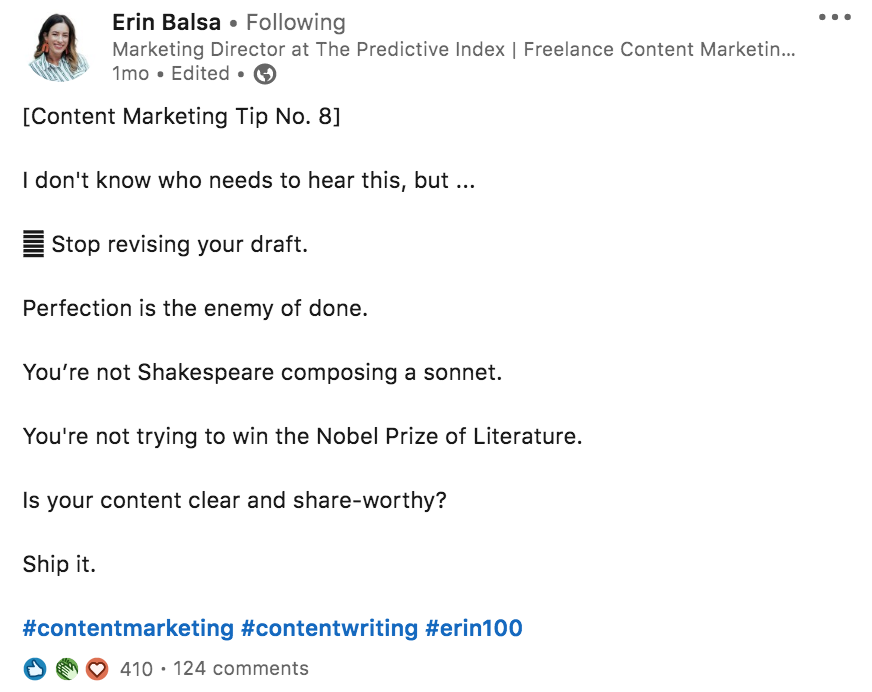
Similarly, John Espirian runs a #LinkedInLearnerLounge where he shares LinkedIn tips.
2. Write LinkedIn articles
The plus side to this is that LinkedIn articles get ranked in search, earning you eyeballs outside of the platform. And, if the content is absolute goodness, you can grow your followers further.

Question now is: what should you write about? You can always tweak content that you’ve already published and share it as LinkedIn articles. Or, you can work from scratch. Test the topic you want to cover by writing it out as a post. If it gets good response, go ahead and add details to it, turning it into an article that your audience will be interested in reading.
3. Go live
Live video on the platform gets 7 times the reaction and 24 times more comments than posting native video according to the horse’s mouth. This makes LinkedIn Live gold. Is there a post that’s gotten excellent engagement? Take that topic and discuss it live. Or, ask your audience what they’d want to learn from you and do a live video on it.
Looking for inspiration? Sarah Noel Block is great at hosting guests on LinkedIn Live.
Wrapping up
Tapping into LinkedIn can feel overwhelming in the start. But, that’s true for any social network you want to grow your personal brand on. So I’d say you put that overwhelm aside, create your content strategy and start using the platform. You don’t have to aim for perfection. Aim to get started, be consistent, and learn. Things will take off from there.
So what are you waiting for? Grab a sheet of paper and get to work.



























